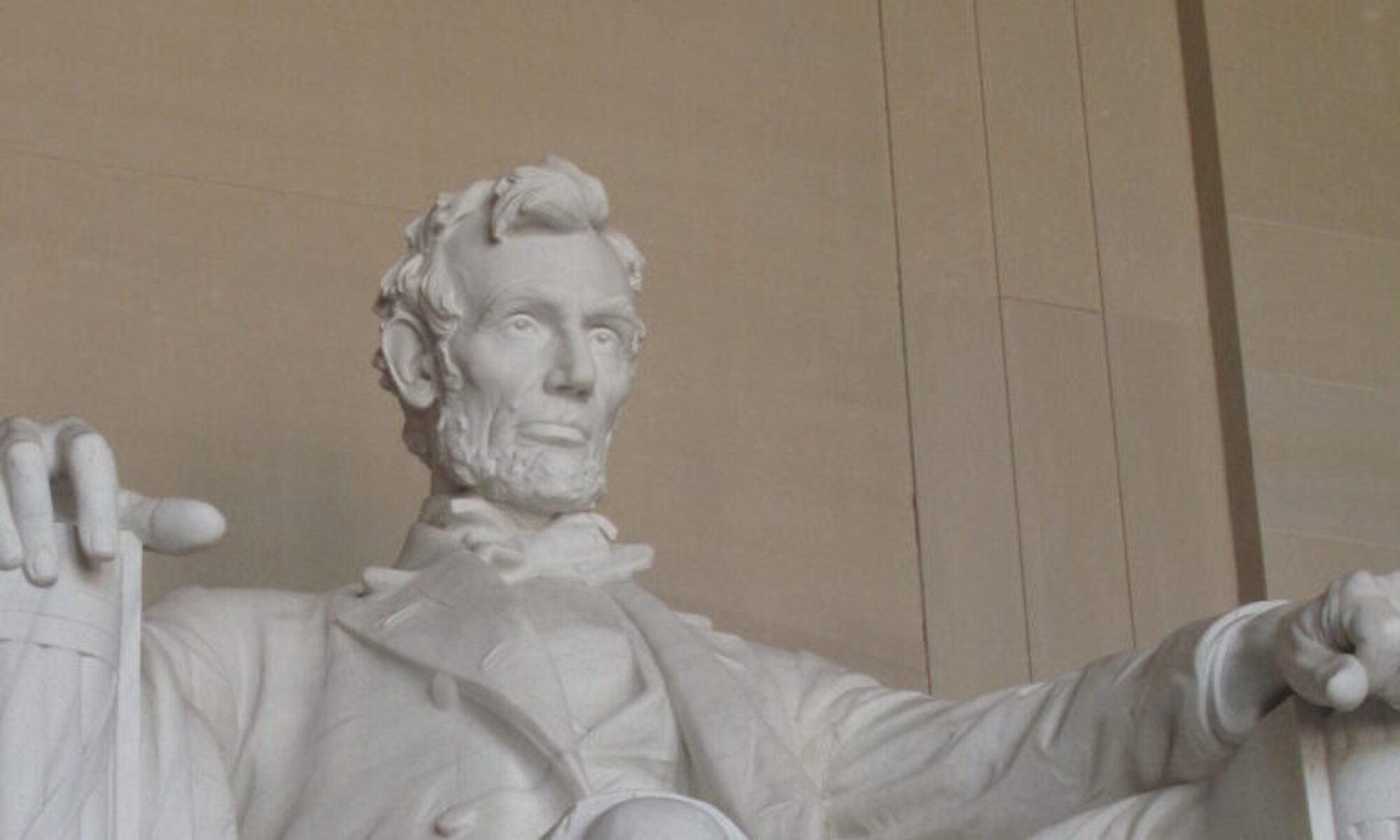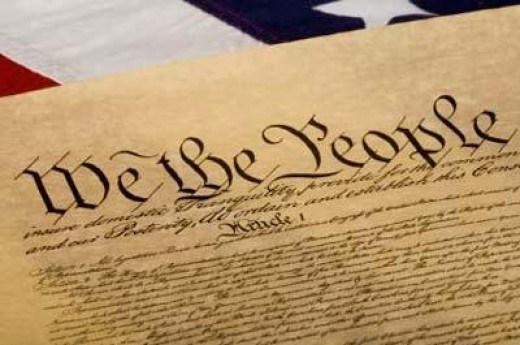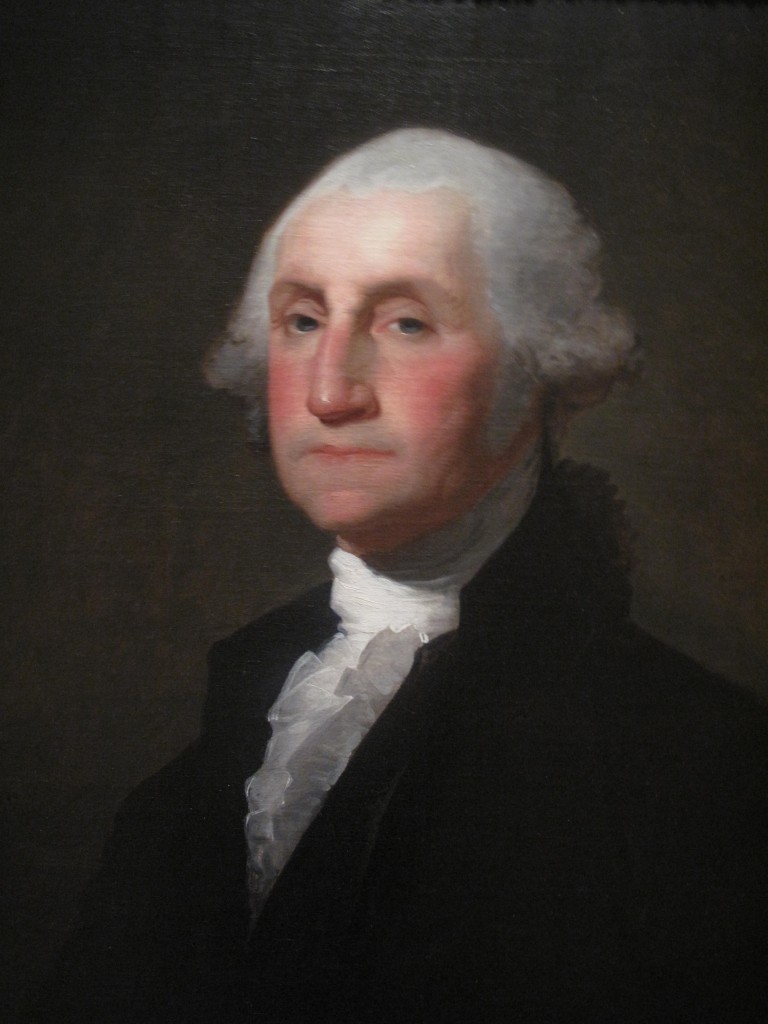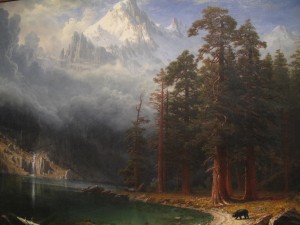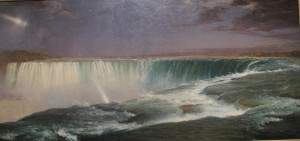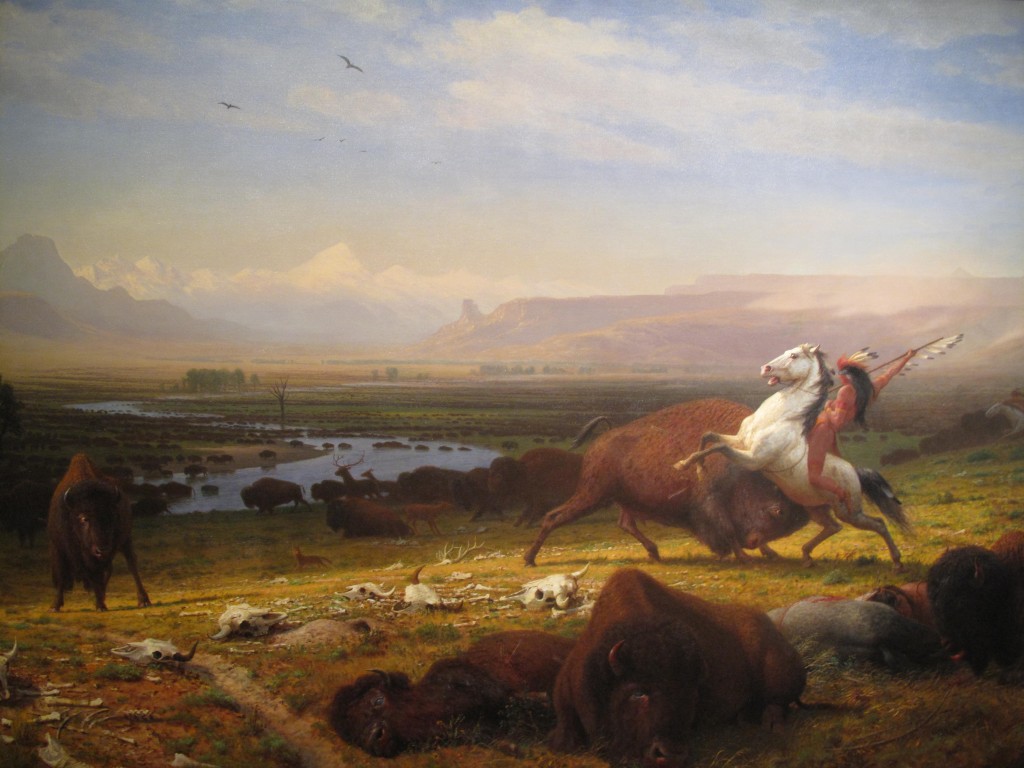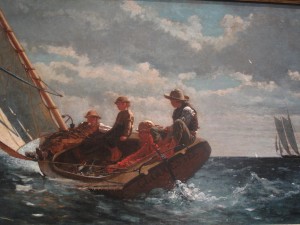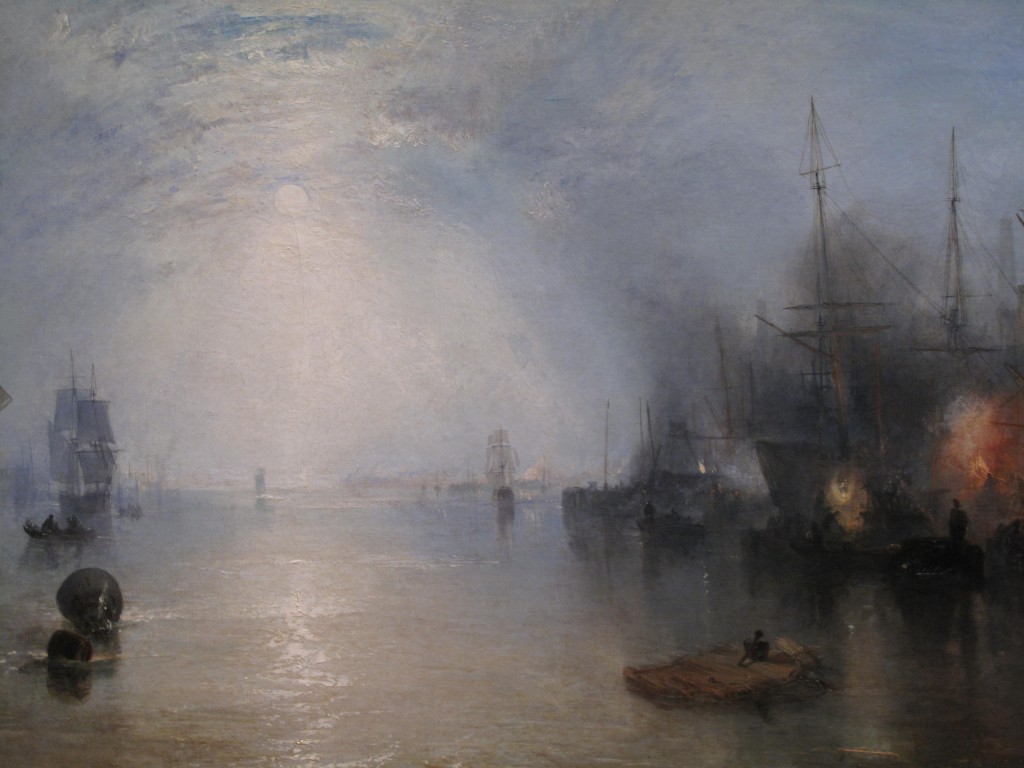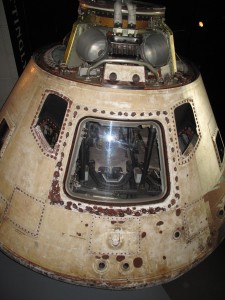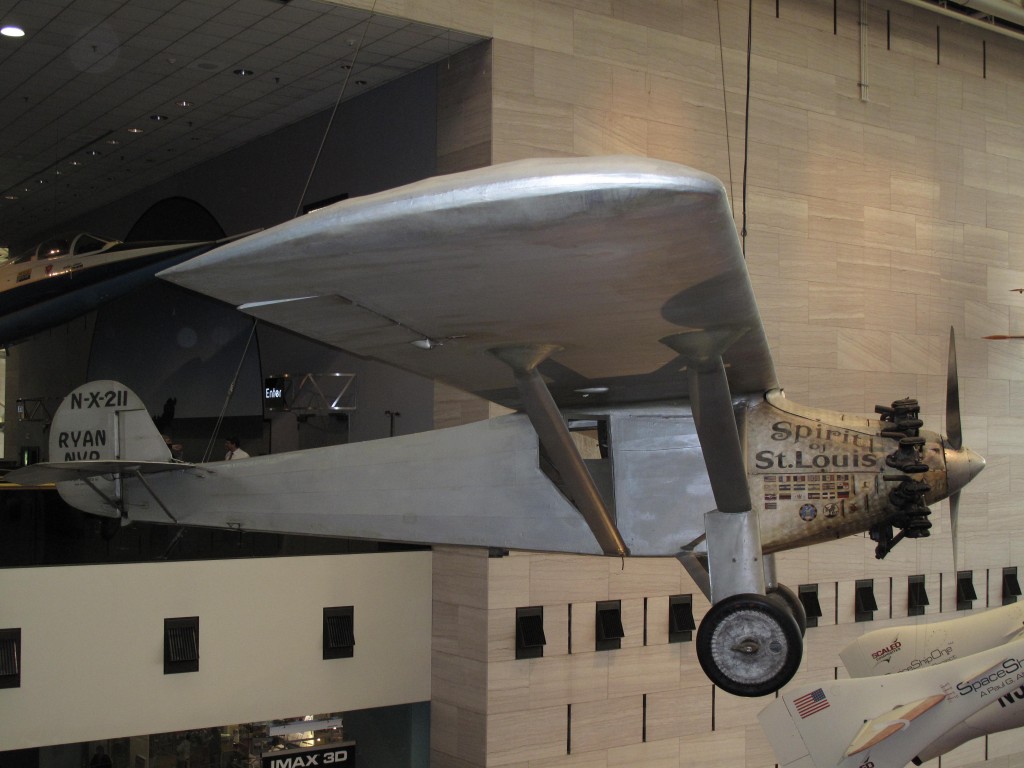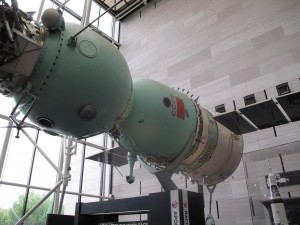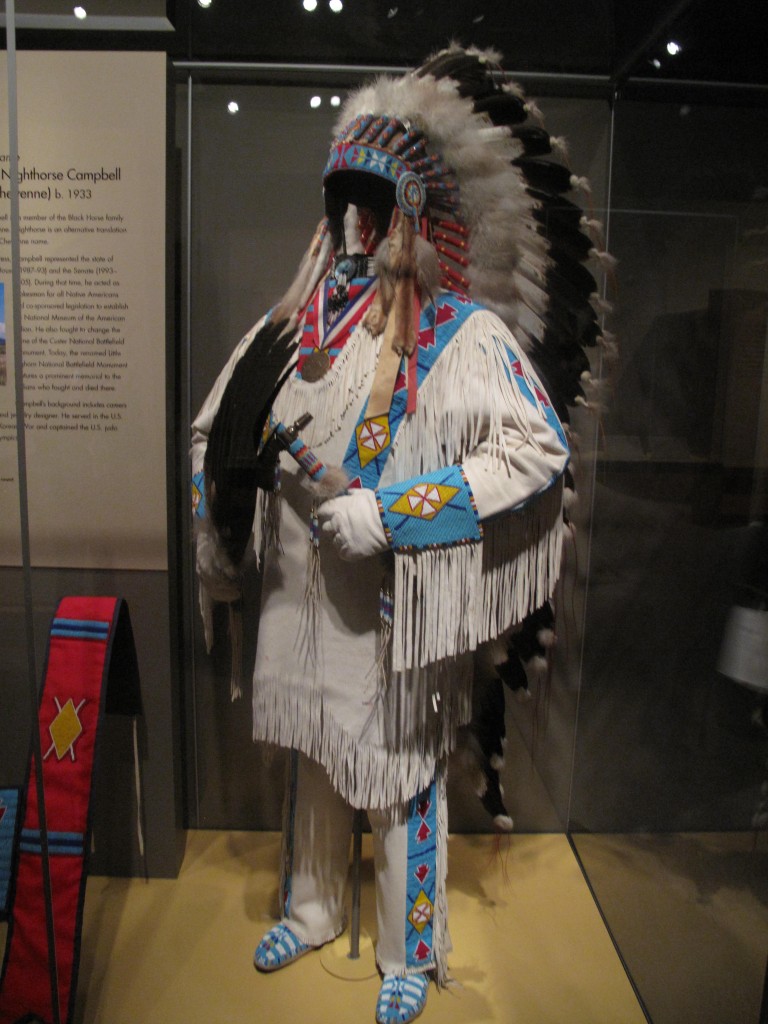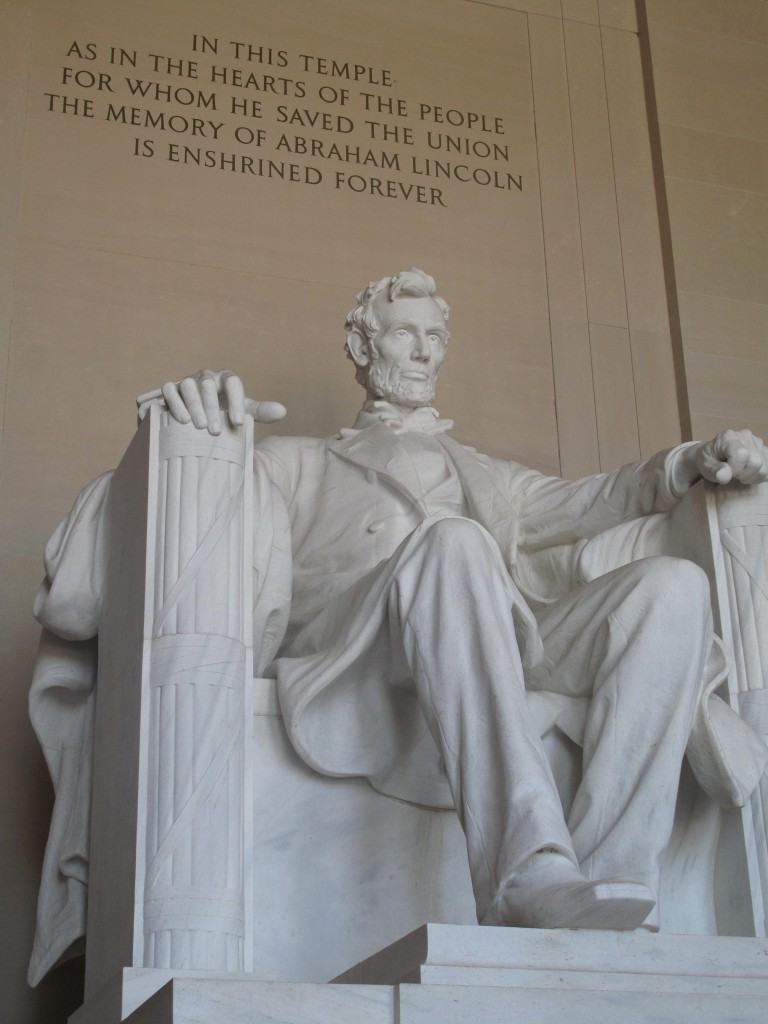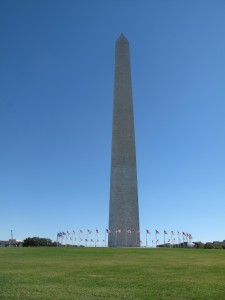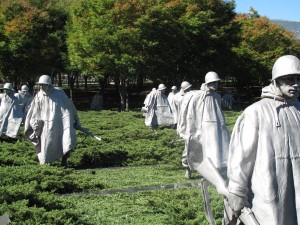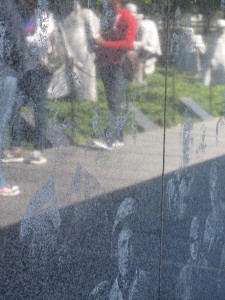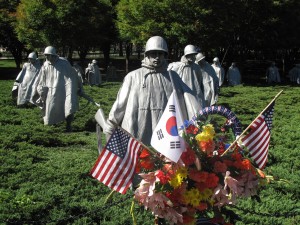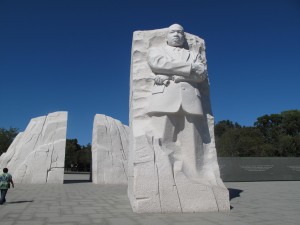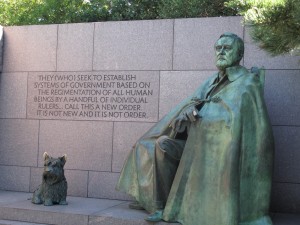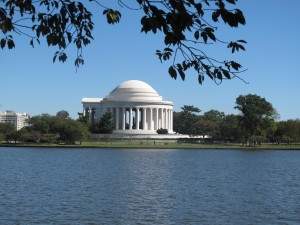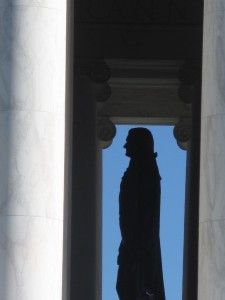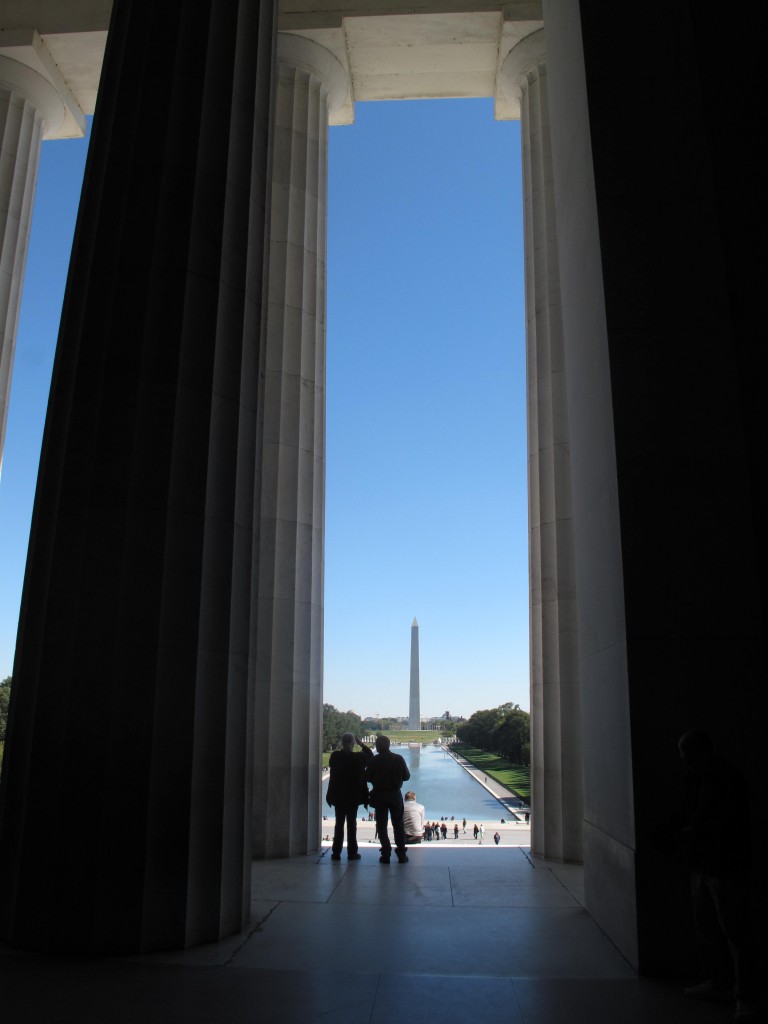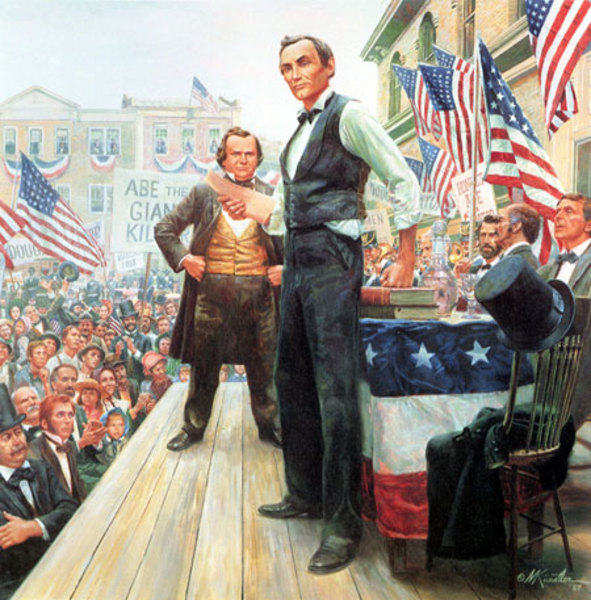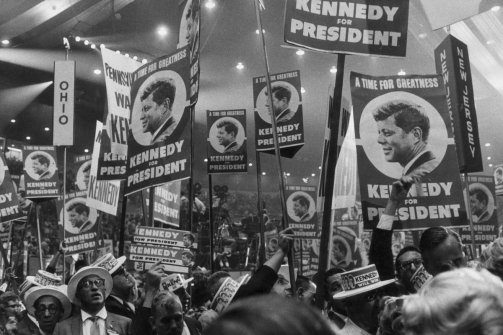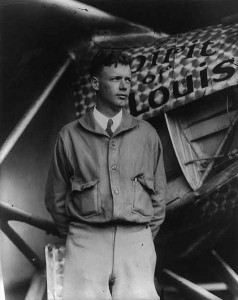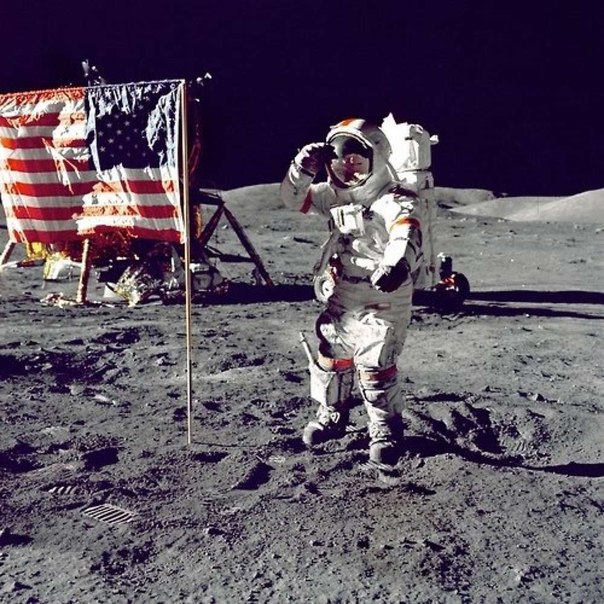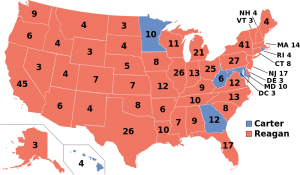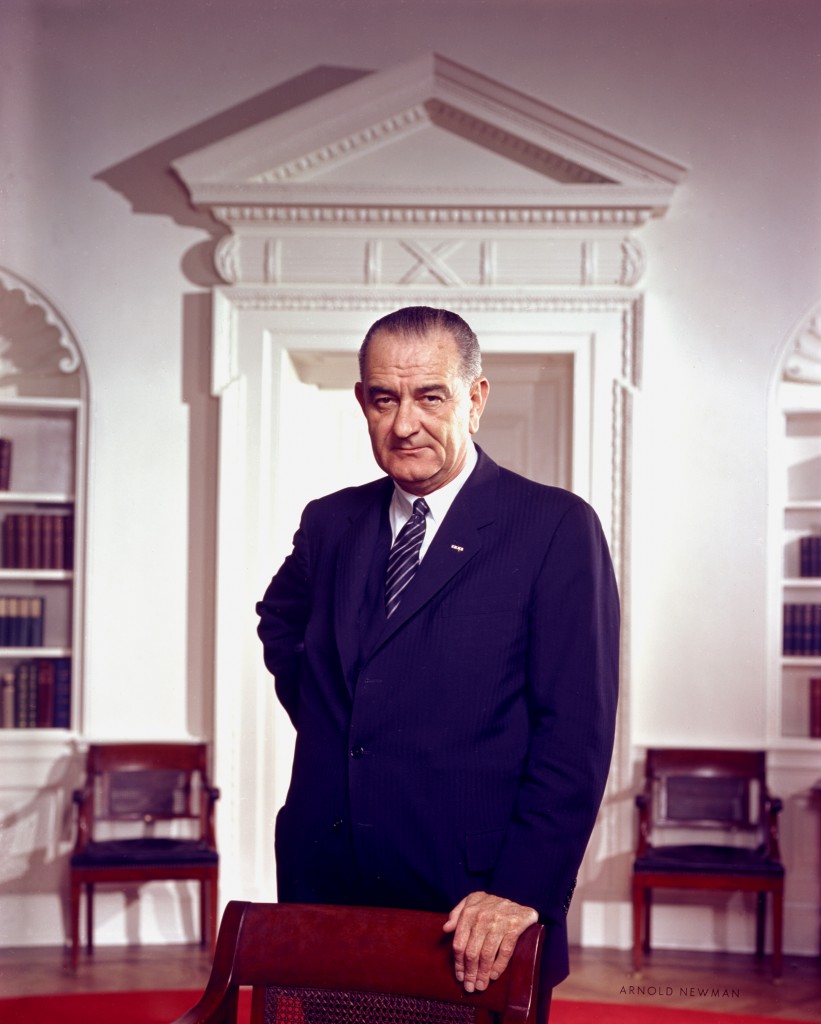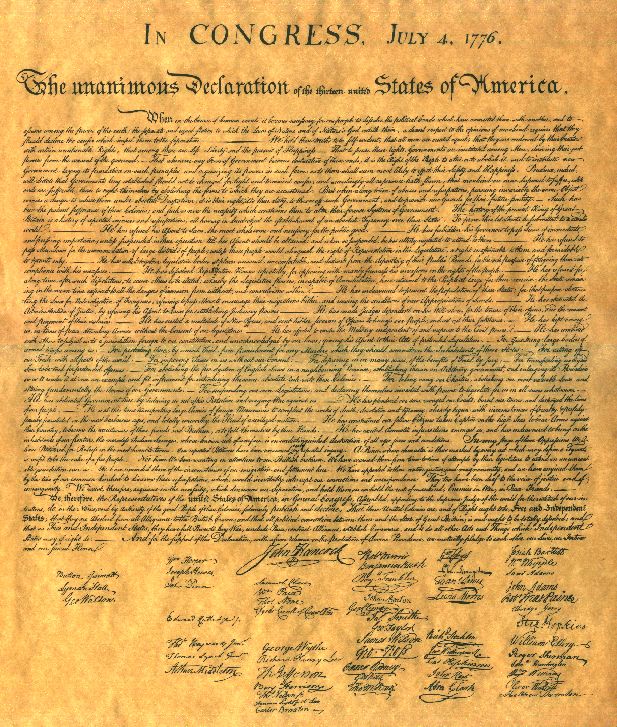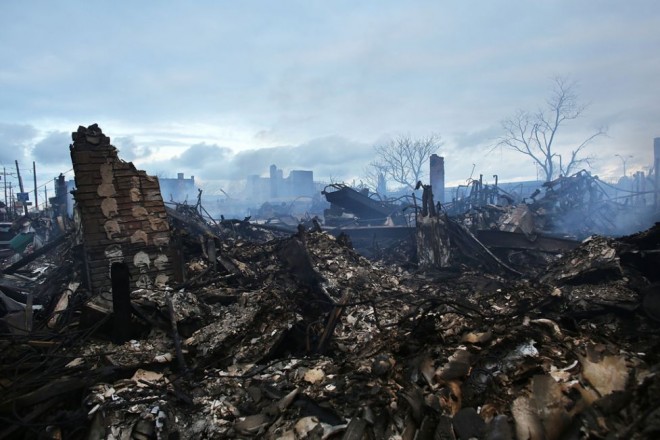 It’s hard to admit when you put a lot of time, investment in emotion, and thought into trying to understand a complex relationship, that it turns out you had it all wrong. You wake up one day and the relationship is broken, and you are dumbfounded. It turns out the deep abiding relationship the American people have with their history, their constitution, and their form of government, a bond fired and forged through birth, strife, wars, and depression, was fractured, and the papers of formal separation were given on November 6th, 2012. The original bond was formed on the foundation that the people would be the steward of the relationship, the careful watchmen of the government designed to serve them. The election shows unfortunately that the bond had grown stale and tired, and the people declared they no longer want to shoulder the responsibility in this relationship. The responsibility has proved too onerous, and they just want out.
It’s hard to admit when you put a lot of time, investment in emotion, and thought into trying to understand a complex relationship, that it turns out you had it all wrong. You wake up one day and the relationship is broken, and you are dumbfounded. It turns out the deep abiding relationship the American people have with their history, their constitution, and their form of government, a bond fired and forged through birth, strife, wars, and depression, was fractured, and the papers of formal separation were given on November 6th, 2012. The original bond was formed on the foundation that the people would be the steward of the relationship, the careful watchmen of the government designed to serve them. The election shows unfortunately that the bond had grown stale and tired, and the people declared they no longer want to shoulder the responsibility in this relationship. The responsibility has proved too onerous, and they just want out.
And so we wake up to the reality that what we thought was permanent is gone, what seemed to be involuble, was swept out easily with the high tide’s current. What do we do with the aftermath? How do we understand it? For the first time the retort, we’ll get them next time, no longer seems applicable or appropriate.
Thoughtful people as we are, the first step perhaps is to do some introspection, a cold shower of some facts and realities to begin to the process of personal healing and recovery. The deep considerations in the aftermath of a great storm take years to sort out, but we can begin tentatively and somewhat randomly by looking at what happened, what was lost, and what might be still standing.
Images versus Issues
A few days before the election an apparent Romney momentum was staunched by a horrific storm Sandy that bludgeoned the east coast of the country. The President hustled into a series of meetings with victims of the storm, projecting an image of concern and attention. He stood beside the vitriolic governor of New Jersey, who had spent the greater part of two years calling the very structures the president epitomized, centralized top down apparatuses, one disparaging name after another. This time, the governor lionized the President as the vital link to salvation, the great bipartisan in moments of crisis, the critical component to moving forward. The multiple images were striking. The image of a believer abandoning his beliefs when trouble strikes, and clinging to his alter-ego the President when he has real need and is desperate, is going to be an image that will haunt Christie, but hugely benefited the President. It cemented the image that this was a man who cares, and when it really matters, is relied upon even by those who would disparage him in easier times, when there is no crisis or calamity. The electoral exit poles were unanimous on this point; the image of sincere caring for the concerns of the average man or woman, outweighs any constructive review of the specific issues that would suggest the contrary. Issues proved to be arcane in their importance. Understanding for instance how a modern economy works, the concept of an unfunded mandate, the nuances of shale oil exploration, the imploding tax structure, the complex constitutional questions of healthcare delivery created no emotional ownership in the great mass of voters. On the issues of economy, debt, obamacare, right way or wrong way direction, the voter overlooked their concern that the actions of this President were detrimental to their future – and voted for the image. Who can I trust to look after me and make sure my needs are secure? The modern candidate that dominates this image of trust transcends all political philosophies – and President Obama proved it in spades.
The Great Detached Electorate
A stunning set of numbers has come out of the 2012 election. 11 million less voters voted in 2012 then did in 2008, and Mitt Romney received 2 million less votes then John McCain in 2008. Andrew McCarthy has a brilliant review of this phenomena in NRO, reveling that the President won by simply and efficiently getting out the Democratic vote that would normally vote to support their candidate, while losing a spectacular 13% of the voters he accumulated in 2008. This implies 9 million voters determined rather to stay home, disappointed in the direction of the country and its leadership, rather than take a chance and vote for the alternative. In an election that saw 2 million fewer voters than 2004, though the country grew in population by 16 million, the opting out of the voter was of staggering proportions. How does one explain such dis-interest? It appears the progressively driving force is the sense detachment that a growing part of Americans feel regarding their system of government. To them, it appears not to matter who is in charge, Republican or Democrat, that the outcome of larger government, insoluble problems, and addictive bureaucracy will be the same. Why come out and vote, when the outcome is already assured? A democracy crumbles on such feelings, and the ominous effect is being projected in democratic elections worldwide.
Hispanic Revolt
Since the Republican Party lost permanently the African American voting bloc after the 1964 Civil Rights Act and Great Society, an enormous amount of hand ringing and effort to understand and restore some balance to this bloc’s voting habits is undertaken every four years. The effort is fruitless because African Americans have become a statist monobloc and will vote 90% or greater for the Democrat statist nominee whatever the set of issues are on the table. The diverse group of Americans collectively labeled “hispanic” has been to this point notably different. The concerns of the Texican border voter have been significantly different from the exiled Cuban American in Miami, the Puerto Rican immigrant in New York, and the five generation American chicano in Palo Alto. No more. A democrat wave was seen in the hispanic vote that crossed all cultural differences. It seems the frustration with Americans being unable to equitably solve the plight of millions of hispanic immigrants who have circumvented the archaic immigration system was magnified by candidate Romney’s “extreme” position, however objectively appropriate, that the starting point to solution had to be an obeyance of law and a return to their native country of those that were breaking immigration law, and punishment of those who would illegally hire them. The hispanic bloc is now the second largest group of identified voters and the inability for a country, whose message has been to immigrants to come and contribute, to continue to ignore this issue was disastrous to the more rigid candidate. Interestingly, candidate Obama was exposed by the reporters of Telemundo of having ignored his promise of prioritizing this issue as President, but the “caring” image discussed above overwhelmed the President’s wimpish performance on the issue. The diversified hispanic voter capable of objective issue voting is progressing toward a image vote identification previously associated with African Americans and this is an inescapable problem for any future non-statist candidate.
War Fatigue
The American electorate proved profoundly skittish to candidate Romney’s call for a more robust military and more forceful foreign policy position for America. The logic of “peace through strength” rather than “peace through neglect” espoused by the President on his lead from behind strategy struck Americans as war-like. An over decade long obsession with foreign conflict has left the electorate adverse to any potential actions involving American troops. A fundamental mistake has been made by President Bush, candidate McCain and now candidate Romney, that Americans, once involved in conflict, understand the import of achieving identifiable objectives or discernible victory. It can not be underestimated how popular President Obama’s policy of leaving Iraq and Afghanistan, regardless of circumstances and potential risks has been. The reality that America was in sight of a considerable strategic victory in Iraq requiring ongoing military presence was seen as a price not worth paying, and the same has proved to be true in Afghanistan. Americans are weary of being the righteous policemen for the world and look to handle these issues with a Jacque Chirac type realpolitic view with multiple nations behind the scenes. President Obama has cleverly captured this image, while still participating in far flung escapades such as the debacle in Libya and the ongoing”kill lists” for identified “enemies” of the United States. The public sees this as the necessary evil involved with world governance, and as long as ground troops are not involved, likely to continue to avert their eyes.
The Death of Convictions
A dramatic shift in Americans perception of themselves has been the death of convictions transcending immediate politics. Documents of conviction used to be the guiding principles for most people’s lives. The Bible and religious conviction were at one time sacrosanct. Previously, a believing Catholic would see themselves a practicing Catholic under a Democrat or Republican Administration. The idea that a basic principle of religious conviction, the church’s right to espouse principles to right to life and the freedom to live these principles at their own institutions seemed to be an inviolate consideration. The Obama administration proved this to be a Potemkin Village, trashing Catholic teachings and bishop leaders on the fundamental issue of forced payment for abortion and contraception by Catholic institutions, while managing to gain the majority of Catholic votes. Professed lifelong Catholics like Nancy Pelosi and Joe Biden pledged their ongoing fidelity to their church while participating in the very destruction of the basic tenets of the church dogma. It indicated that like the argument regarding the fundamental value of imagery, the imagery of seeing oneself as catholic was sufficient to overwhelming the hypocrisy of not practicing any of its tenets.
At the secular level, the eternal stability provided by the base convictions stated by the country’s Constitution is meeting the same crisis of hypocrisy. The checks and balances so carefully positioned in the constitution are fraying in the face of an executive branch perfectly happy to rule by executive order and ignore legislative process. the constitutional conviction is progressively undermined by a liberal judicial system that seeks at every opportunity to block legislative acts not for their objective legality under constitutional principles, but in the court’s desire to “right” what they see as a legislative “wrong”, regardless of the voice of the people. We see ominous examples of this in Wisconsin district judges ruling on non-constitutional questions such as collective bargaining and voter identification legally passed by a dually elected legislature and signed by the executive branch governor, because they see themselves as providing ultimate veto power to determine “fairness”. We note the progressive ignorance of the voting population of the various elements of the constitution that protect individual rights and freedoms, and the progressive declaration of the codified convictions expressed in the document as “archaic” and requiring evolution. The death of conviction as a source of strength through bad times and good times is the single most dangerous trend in the future survival of the uniquely American experiment with individual freedom.
The Comfort with Decline
Sometimes the responsibility of always being the example for others to emulate proves to be too much to bear.Great societies inevitably decline because of the loss of the vital energy required to support and preserve the elements of its greatness. The Roman empire, a thousand year permanency declined in a few short decades to vastly inferior forces. The energy needed to maintain defenses, clean out corruption and ennui in its leaders, recognize the individual’s role in preserving the culture, and the simple strain of maintaining maturity and flexibility as a society proved too great a burden. There is no reason to suspect the American experience won’t be the same. Being the ultimate superpower, wielding great influence with others, and defending the “exceptionalism” of this unique society is proving to be a progressively abhorred burden.
Europe dealt with this by blurring the individual cultural uniqueness of each of its cultures and suppressing their aggressive tendencies to any form of national pride, by injecting the blandness of the European Union with its strangulating bureaucracy on the previously diverse relationships of Europeans to their history, individual expression and government. I don’t think it is a significant leap to see in the near future an American leader suggest a North American Federation that eliminates the “exceptionalism” of the American Constitution , thereby binding the North American continent in the ultimate free trade zone of completely open borders, one currency, and fidelity to an innocuous state that provides individual security, a massive expansion in the tax base, and a huge expansion of the government to resources that will feed its every expanding need to grow. If you don’t think Americans could possibly vote to disband their hard won uniqueness for the greater security of an expanded governmental culture, you need only ask the voters charged with voting on Tuesday and quiz them on the relationship of the Constitution to the actions they just undertook. Most would be hard pressed to identify any elements of the Constitution in a discernible way and frankly would not be the least bit embarrassed by their ignorance. We are close to the time when the individual citizen will assume the government’s chief responsibility is the indivual’s security and the means of supporting that security the job of an unnamed someone else.
Final Tally
Ramparts predicted incorrectly the final tally of these election but not its importance. Fundamental changes are present, not in the officials elected, but in the electorate that elected them. Depressing as the thought is, I don’t think this time we will absorb these changes and ultimately triumph. The progression in debt is inexorable and the willingness to perform the hard tasks of reducing debt are nowhere in sight. The attitude of leading from behind and isolating from conflict has historically always led to greater conflict, and I suspect the acceptance of this laissez-faire attitude is going to get a lot of people killed. The strangulating of access to the means of production, whether by energy decisions, regulation, or suppression of innovation will suffocate this country’s power to recover. I would like to be more optimistic, but I don’t see the silver lining visibly apparent. It looks like we are locked in a loveless marriage of convenience and divorce is not an option. As the President so aptly put previously, there isn’t going to be much place in the new society for the “bitter clingers” – the champions of what we once espoused to be.
Is there a possible path forward? History would say generally no; societies have and inexorable birth, life, and death cycle. America has been somewhat unusual in this regard, however. We have a personal stubbornness that seems at times irritating to others. We have still an exceptional number of people who believe in a God and His Providence. There are untold numbers of people that like to re-live the mythical moments, dressing up as revolutionary soldiers or civil war soldiers and eating hardtack, re-enacting the signing of the Declaration of Independence , or memorizing and reciting the Gettysburg Address. Legions of hunters see their guns as their certificate of freedom, and will fight any effort of the government to “clarify” the Second Amendment. We have Freedom Flights, and battleground living tours, Flag days and Fife corps. We have families who lose their son to the government’s incredible ineptitude in Benghazi, only to have the brother of the deceased respond to such ineptitude by joining to serve in the very governmental force whose leadership determined his brother expendable, so strong is the virus of patriotism. And we have bloggers, like me, that for no apparent reason, find the need to spend countless hours expressing their love for the amazing story of western society and twenty five century journey of individual expression and achievement, read by a small group of readers who feel the same. To the modern statist, these activities and need for expression are beyond conceptualization. Perhaps the way forward is encouraging the tending of these modes of expression, into an eventual constructive clarifying light, when the weight of our current society’s need superficial and momentary security crashes down on the rocks of reality. It just might take a really hard lesson for society to realize what all those supposedly arcane convictions were all about. In the Middle Ages, the darkness was eventually extinguished by those who preserved the great ideas and kept their conviction, when all about them swirled chaos and destruction. The clarity of human freedom is a light hard to extinguish.
